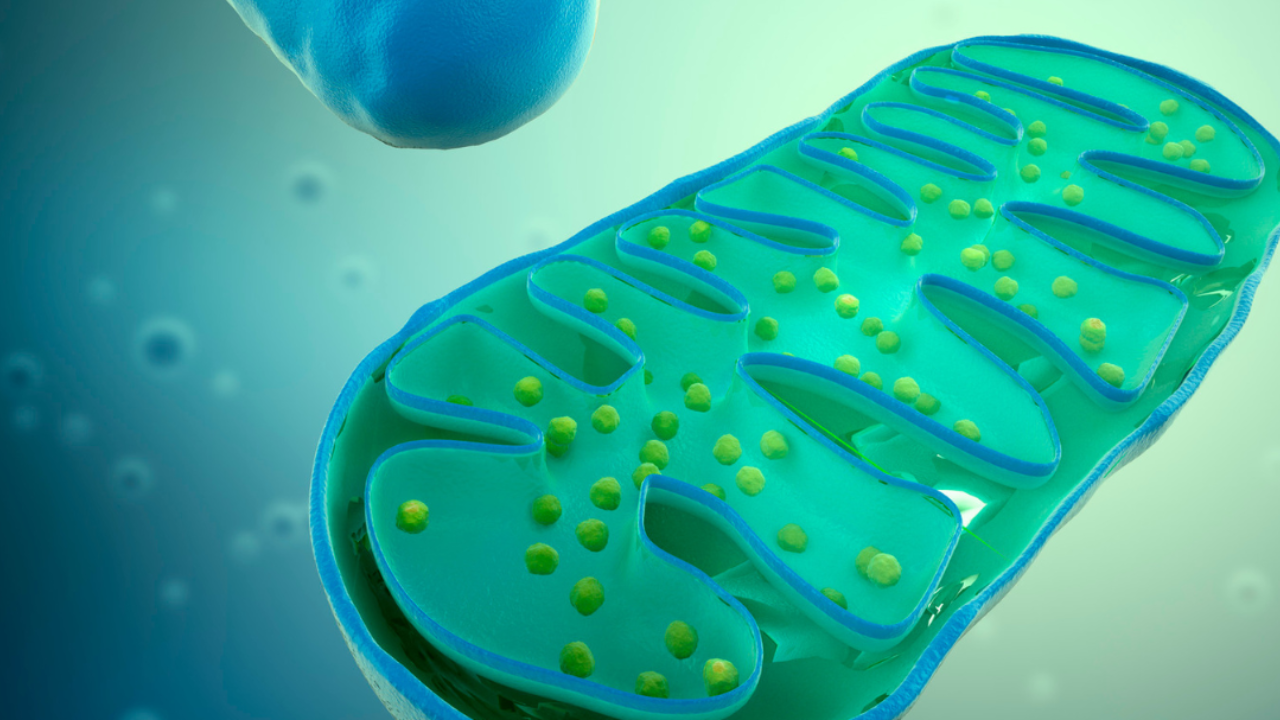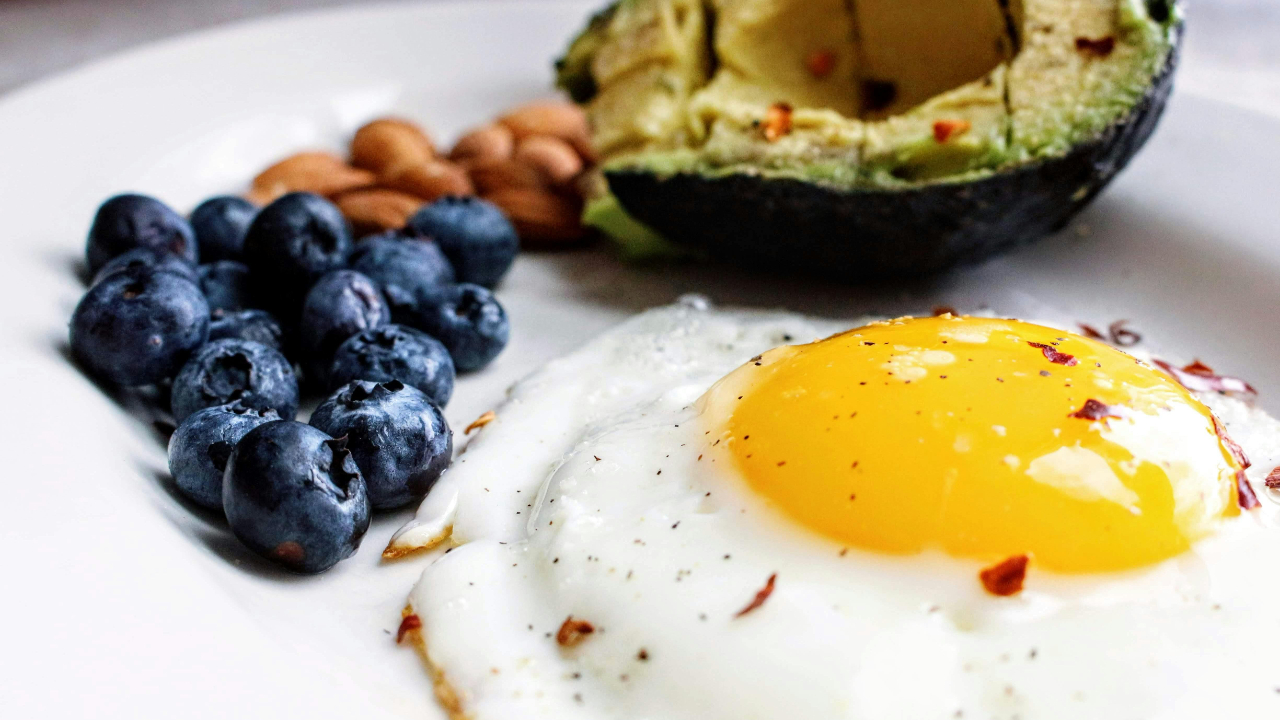What to Eat During Training
Aug 01, 2023
Do you feel like Dorothy from The Wizard of Oz sometimes, trying to find “THE” path to take to Oz? Or in this case, your yellow brick road of the “what”, “when” and “how” to choose what to eat and drink before, during and after training sessions? The competition season is right around the corner, if not already here, and there are so many complex decisions to make along your nutrient timing path. Should you eat real food, engineered sports nutrition products, solids, semi-solids, or liquids? Should these be comprised of glucose, sucrose, fructose, maltodextrin or a combination? Should you drink water or a sports drink? What about electrolytes? What about your gut? Is it sensitive? Have you had GI distress in the past? Are you doing long-distance training and racing? What is your competitive level? How intense is your training and racing?
As you can tell, there are so many variables when it comes to creating your nutrient timing plan for training and competition. While nutrient timing strategies are extremely individual and should absolutely be customized to each athlete, I will say there are some commonalities that some athletes share and some general tips on where to start. Let’s discuss a few of these now.
Tip #1: Drink!
This is, by far, one of the most overlooked aspects of nutrient timing for athletes. I struggle with this, as do many athletes. Depending on your mode of exercise and ability to carry fluid, this can be extremely challenging and while there are many ways to make this easier, the first place to start is actually your daily fluid intake. Sounds weird, I know, but your daily nutrition and hydration will set up your nutrient-timing plan for success (or not so much). So, here’s what you do, you make sure you are drinking fluids (don’t worry, coffee is included!) and eating high water-containing foods such as fruits and veggies throughout the day so you urinate about every 2-3 hours or so. This will ensure you are staying hydrated enough before your training session. Of course, there is that issue of first thing in the morning training after you wake up and are in a dehydrated state but that’s a topic for another newsletter.
For now, focus on your daily hydration and during training, aim to consume 8-16 ounces of fluid per hour if you are running and 16-32 ounces of water if you are cycling or doing any other activity that does not disrupt the gut as much (ie-no bouncing or super high-intensity exercise).
Tip #2: Consider caffeine
Most of us are familiar with the benefits of caffeine in terms of feeling “up” and it provides an extra boost of energy throughout the day but I find not many athletes understand how to use it before and during training to reap the most benefit. That morning cup or two of coffee may make you feel like you can conquer your day but when it comes to training, caffeine should be dosed according to your body weight and used at a specific time before and during training (or competition) to have the most performance-enhancing benefit. Additionally, it is important to note in what form you will receive the caffeine. Will it be from coffee, tea, energy gels, energy bars, or gum? When it comes to using caffeine as an ergogenic aid, you must know the exact amount of caffeine in the product you are using because, as I mentioned earlier, you must dose the caffeine on your body weight for it to be most effective. Even though coffee is a fantastic beverage on so many levels, it is rare to find the exact amount of caffeine in it. Sports nutrition products are usually more accurate because they have added caffeine so it makes it easier to do the math and figure out how many milligrams of caffeine per kilogram of body weight you need.
If you plan on using caffeine during a competition, be sure you experiment with the different types, quantities and timing protocols at least 3-4 months before your competition. Aim to take caffeine about 60-120 minutes before a training session and in different amounts to see which dosage will work best for you. I always like to start with the lowest dosage first and remember, there are genes in our body that affect caffeine metabolism. If you are a “slow” responder to caffeine, it means it stays in your system longer and you may not need too much to have a positive effect. You should also consume it earlier in the day so it doesn’t have a negative effect on your sleep. A simple genomics test, like the one we have at eNRG Performance, can provide you with this information (in addition to a host of other great information regarding how certain nutrients affect your genes).
If you would like a ton more information about how to use caffeine and the proper dosing and timing protocols, refer to my Caffeine Protocol for Athletes e-book on the eNRG Performance website.
Tip #3: Respect your gut
If you have an “iron” stomach, congratulations! You may be part of the 50-60% of athletes who do not need to worry about what they consume before, during, or after training. However, for the rest of us poor souls who do suffer from GI distress (myself included), it is very, very important to respect the gut and only feed food and products that will be “GI safe”. For most athletes, this means steering clear of simple sugar-based products because they could trigger GI distress, especially if you normally do not consume many in your daily nutrition plan and consume these in large amounts during training.
In this case, I always, 100% of the time, start athletes with using UCAN products. UCAN uses a patented, non-GMO corn starch as its carbohydrate base and there is no funny business as to its production. It is simply cooked with heat and water. This is a game changer because it makes this carbohydrate very high in molecular weight and very slow absorbing. In normal speak, this means it empties the stomach extremely fast but absorbs across the small intestine very slowly. Ideal for athletes who have GI distress! Because of this, it provides longer-lasting energy throughout a training session without the enormous ebbs and flows that simple sugars provide.
But you don’t have to be plagued with GI distress to use UCAN. Many athletes, irrespective of gut problems, have had great success with using UCAN products. The LivSteady carbohydrate in UCAN products is beneficial for all athletes because it is slower burning and provides steady energy.
I have been personally experimenting with using UCAN EDGE before run training sessions and my current protocol 30 minutes before training is taking 1 EDGE for a run less than 5 miles, 2 EDGE for runs 5-10 miles, and 3 EDGE for runs greater than 10 miles. During training, I take 2 EDGE per hour after the 90-minute mark. As always, experiment to see what works for you and please reach out to me if you have any questions or success stories. I would love to hear them!
While I have just scratched the surface of the nutrient timing puzzle, I hope it provided you with great value in your decision-making process for your upcoming competition season. If you find this way too overwhelming, consider reaching out to me or one of the other eNRG Performance Sport Dietitians to schedule a 1 on 1 consultation where you can customize this for you.
SUBSCRIBE AND WE WILL DROP SOME HEALTHY INSPIRATION IN YOUR INBOX
We hate SPAM. We will never sell your information, for any reason.







